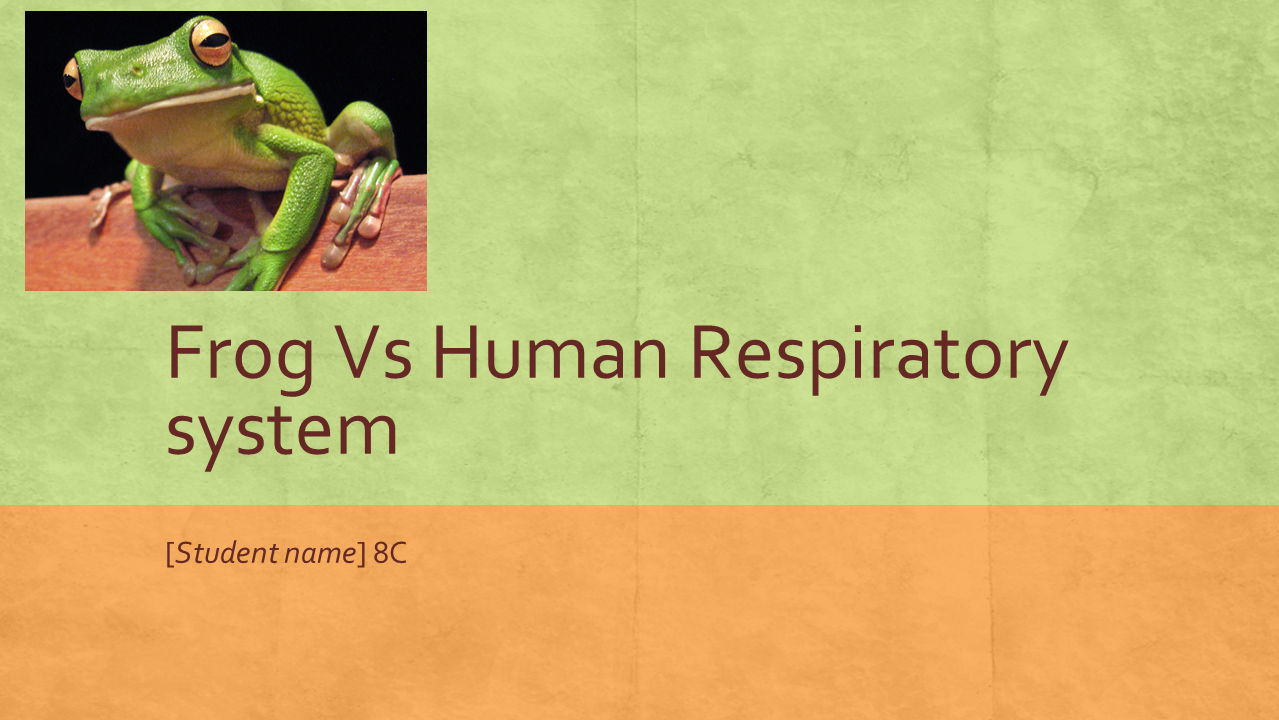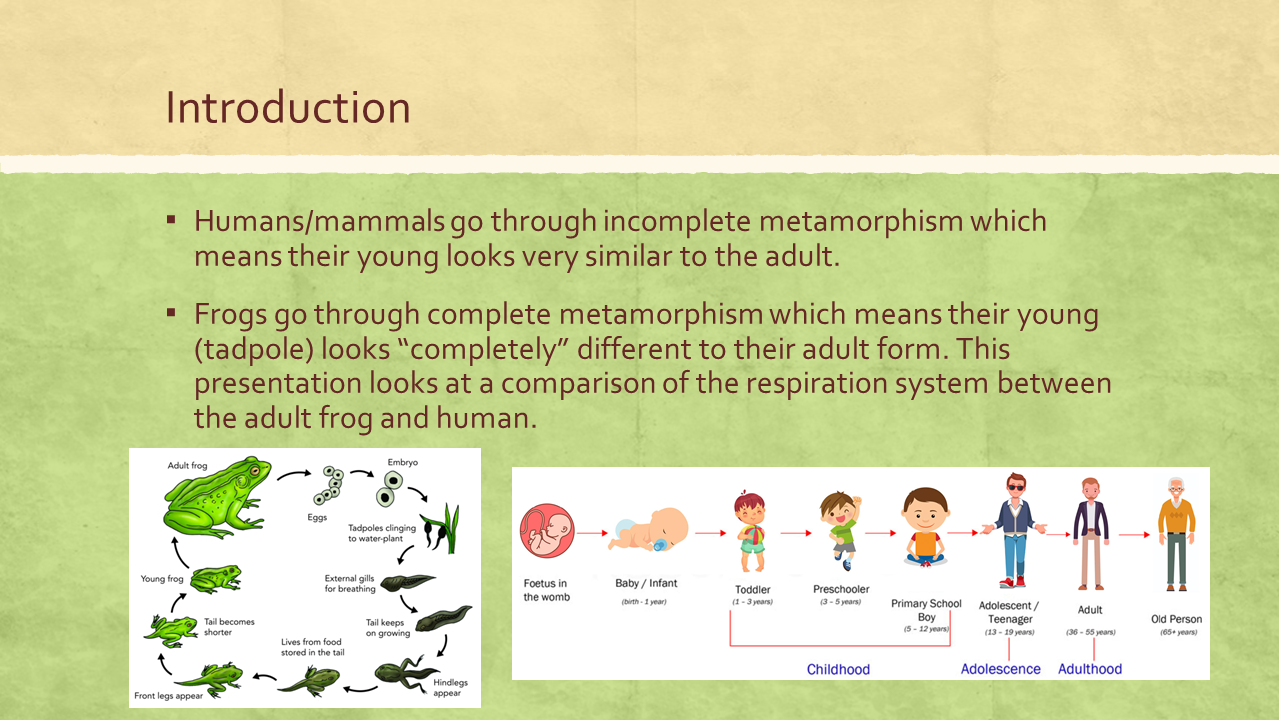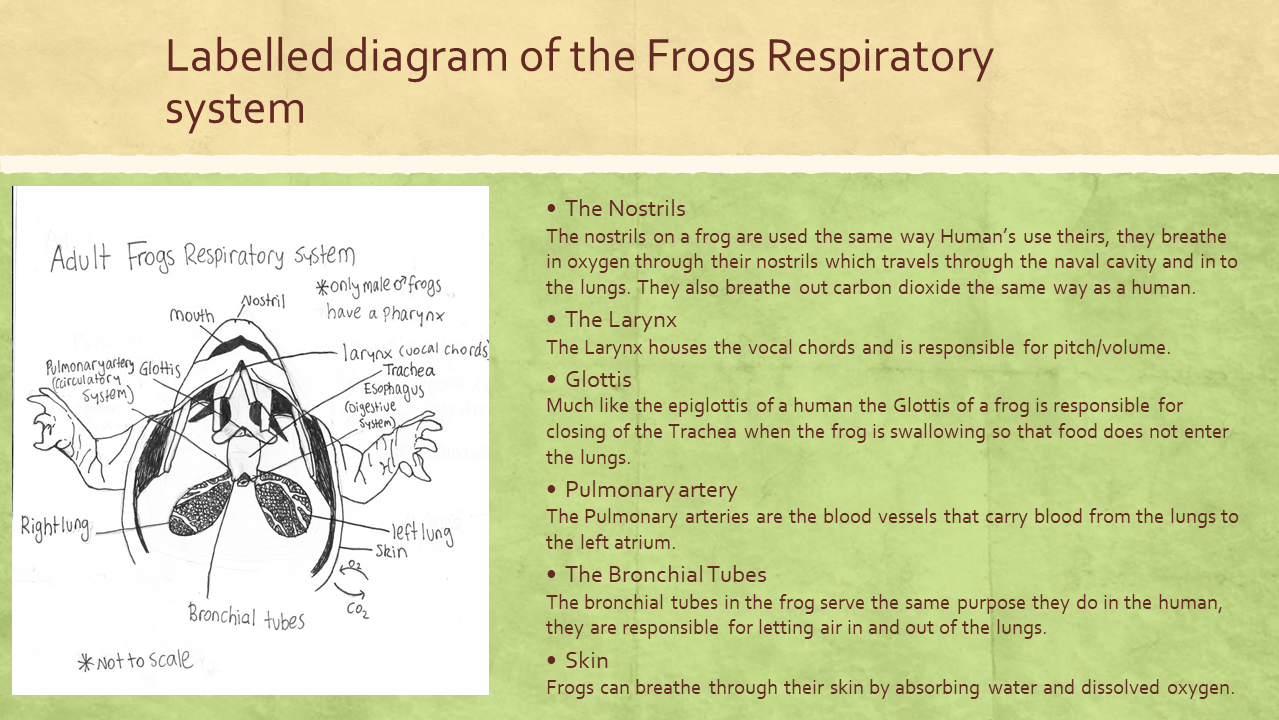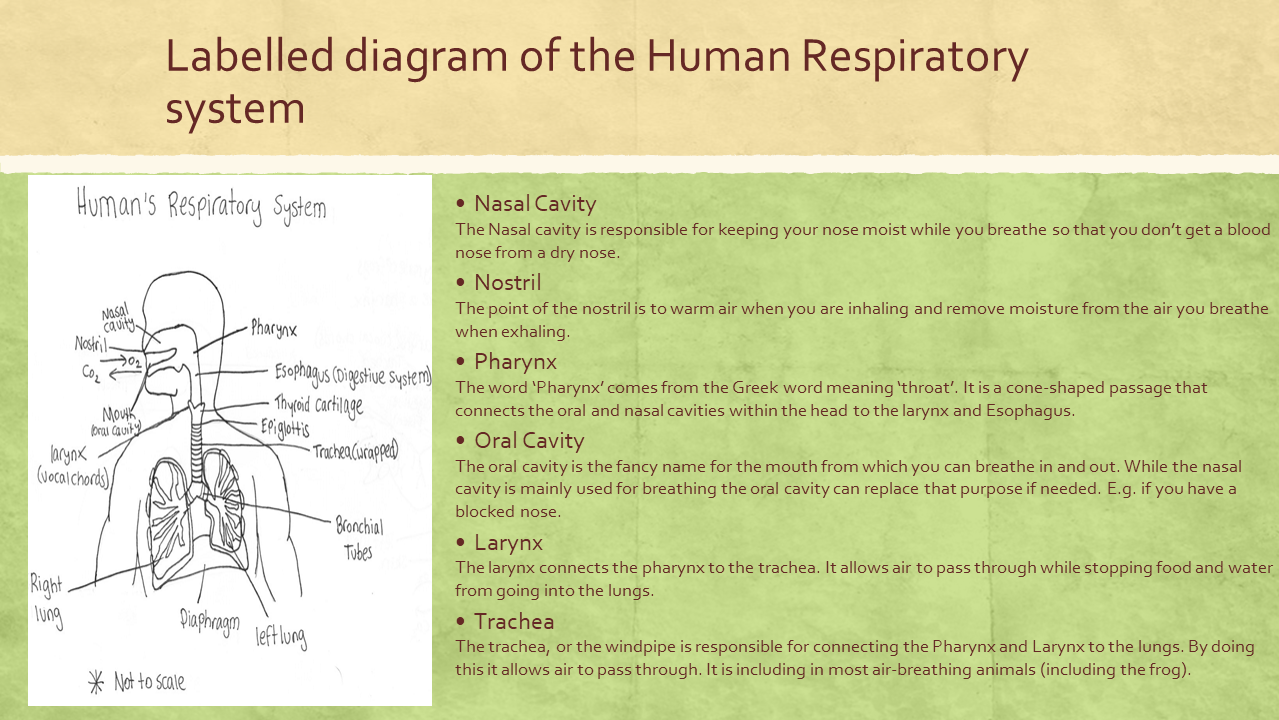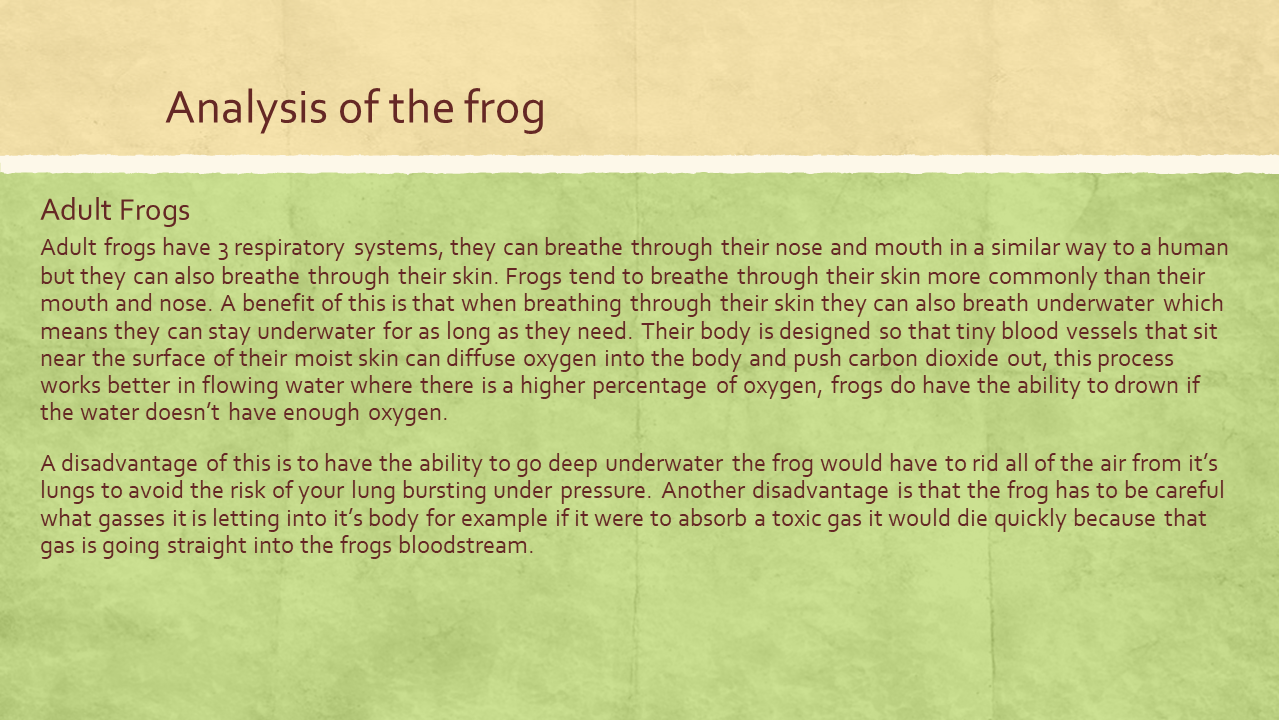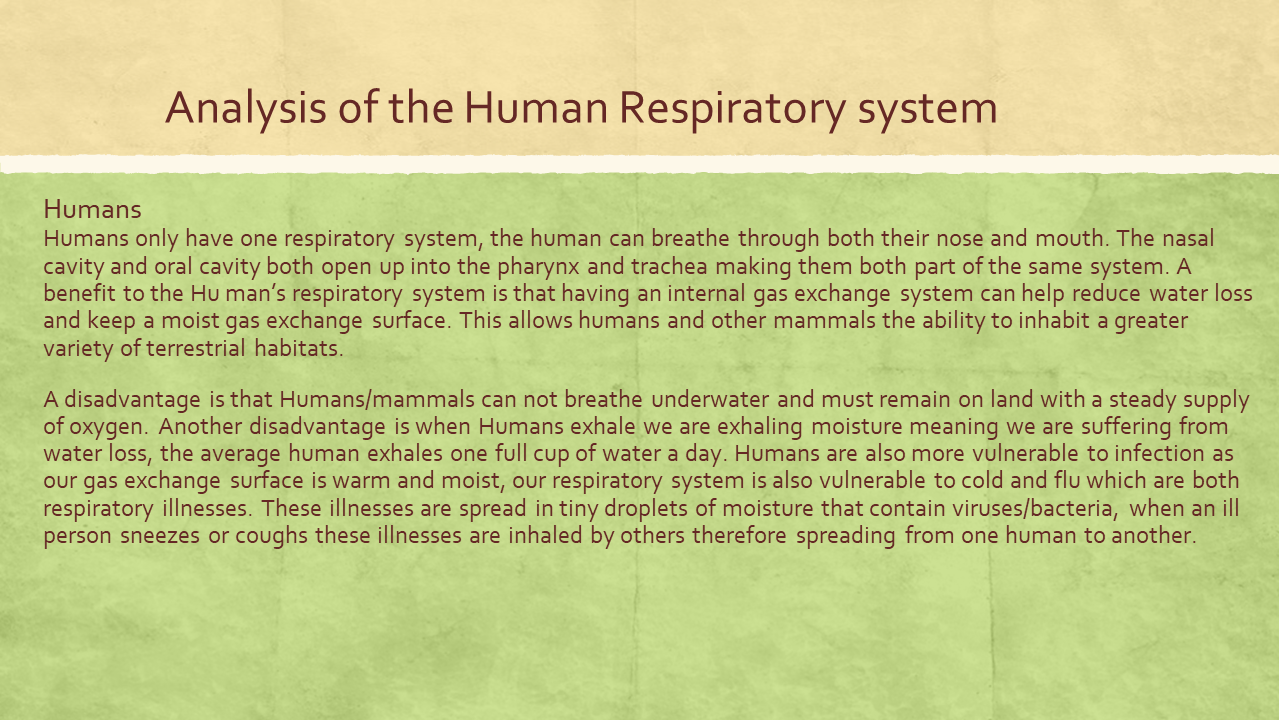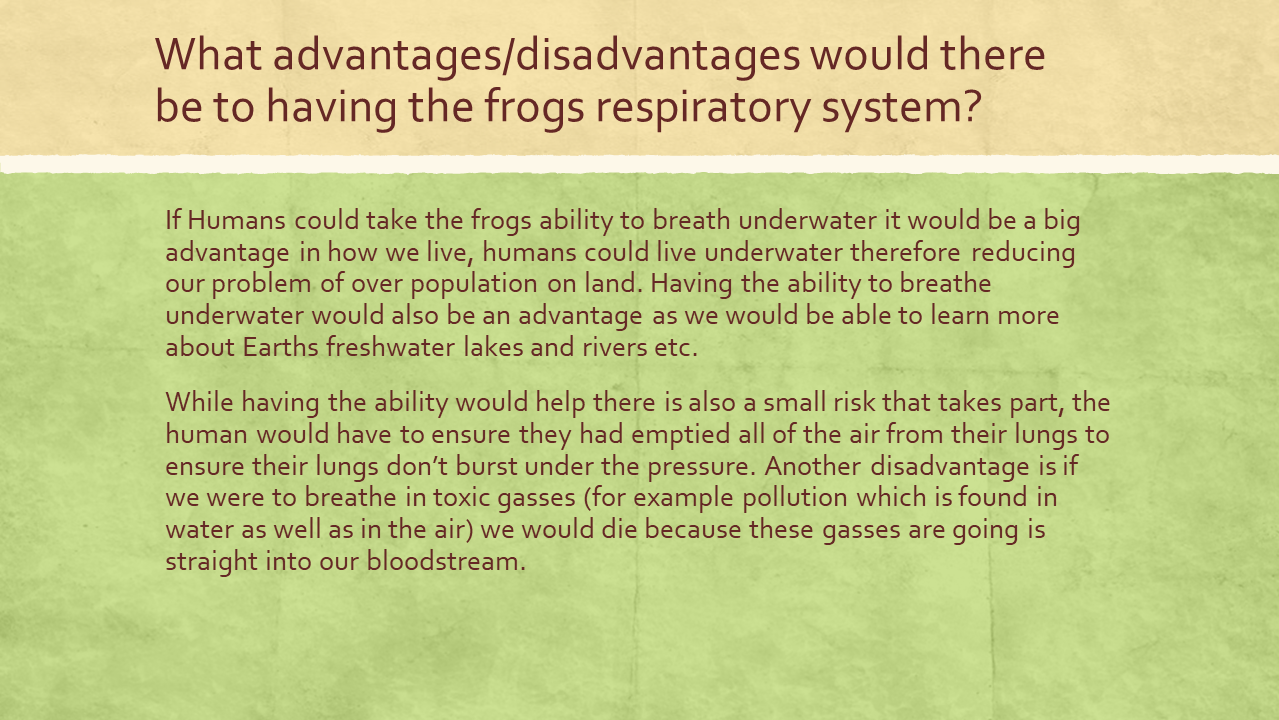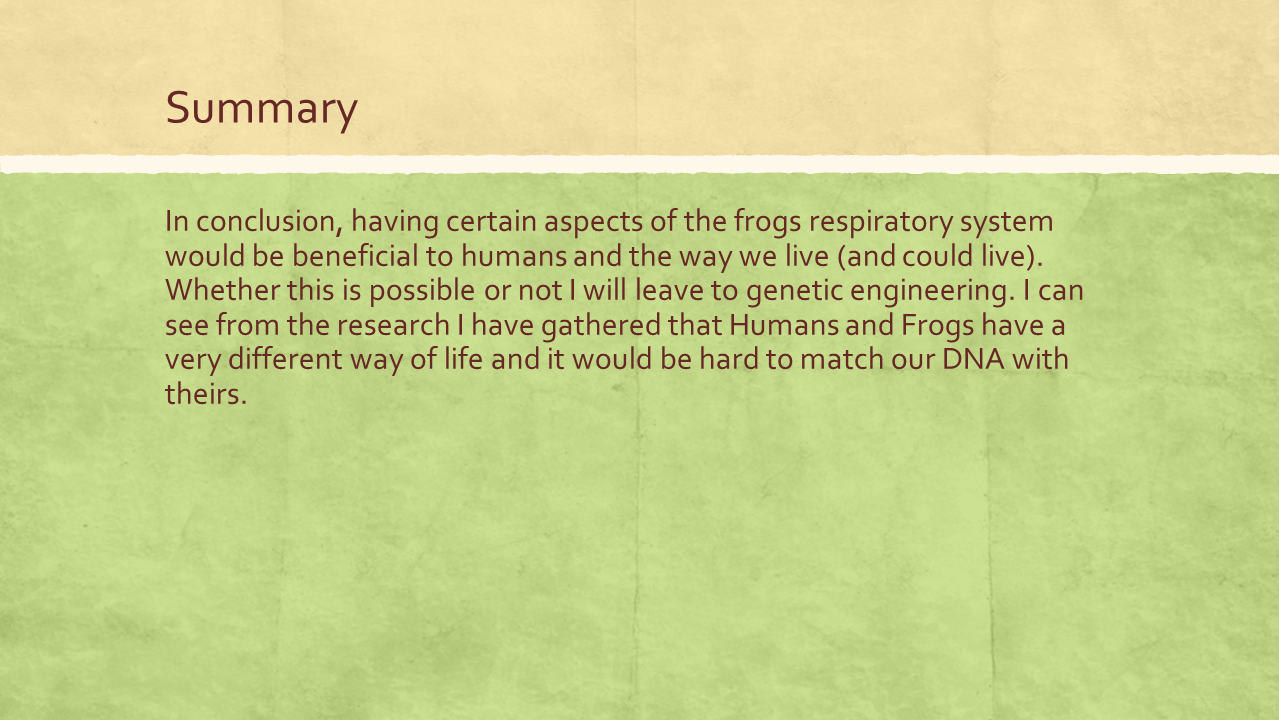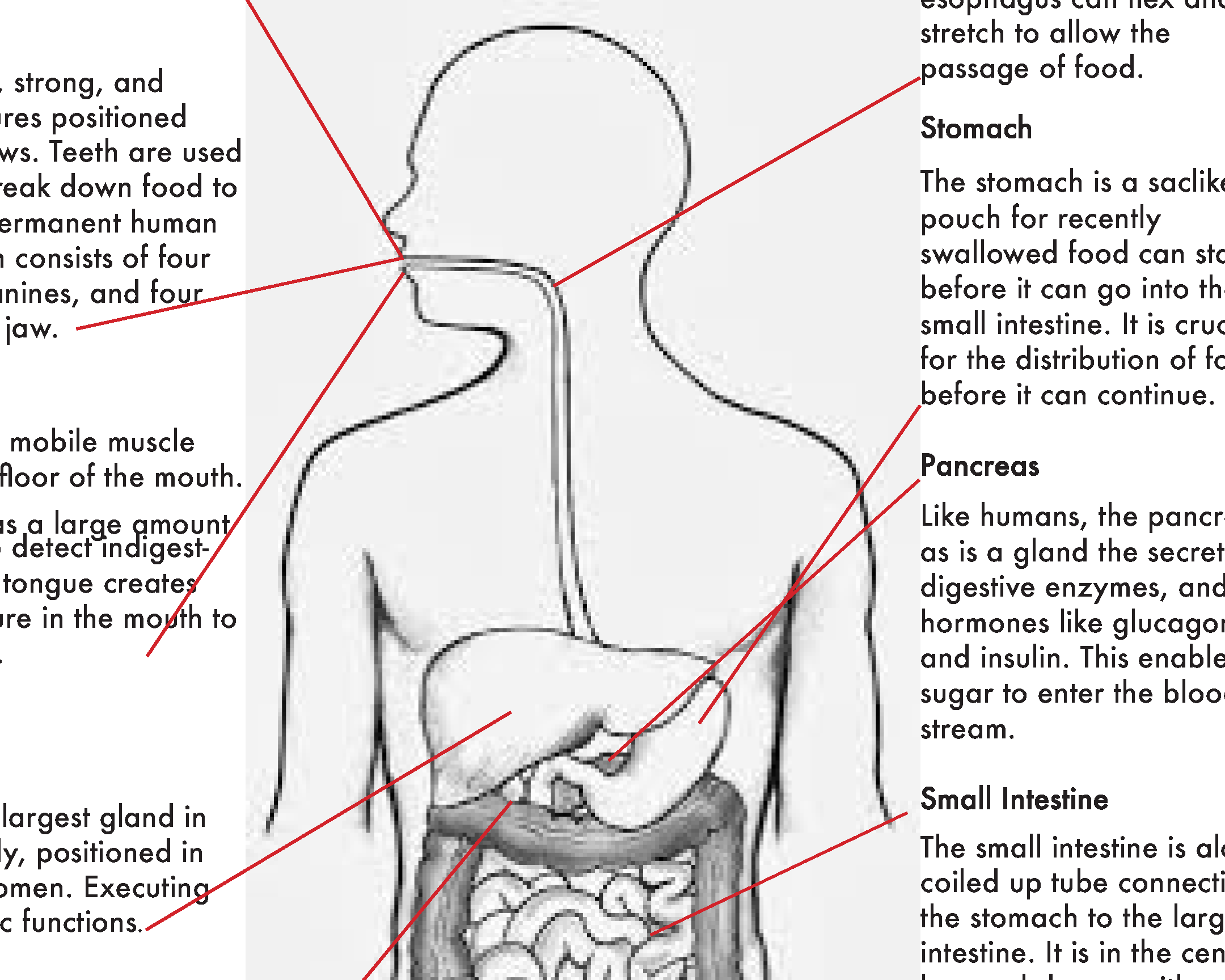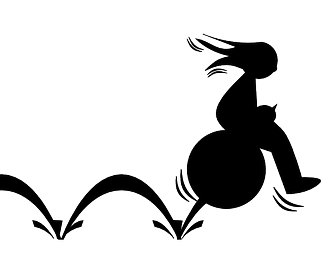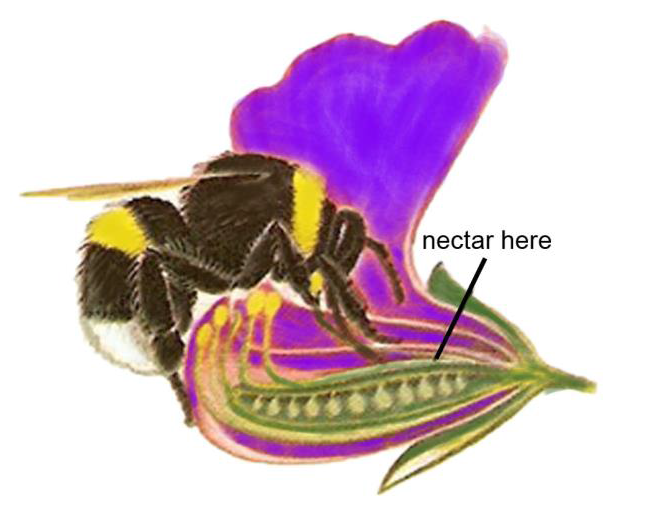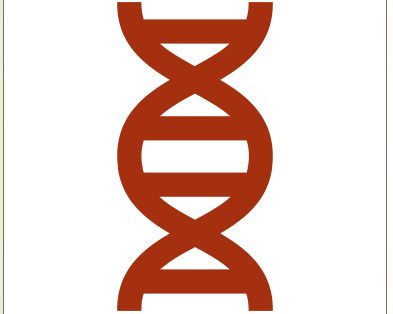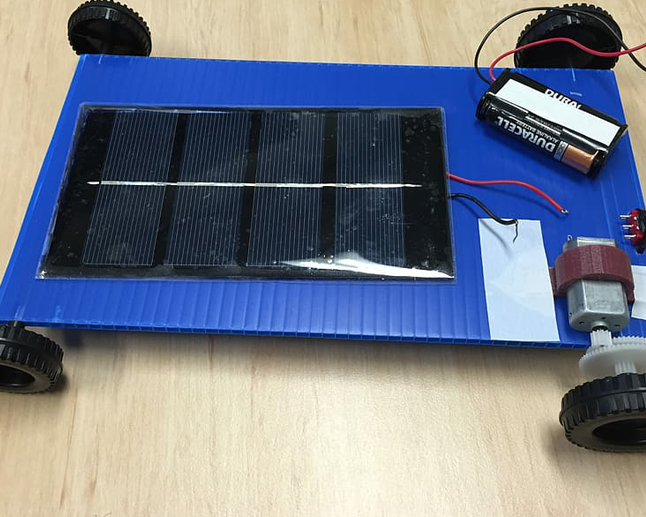Body systems
Summary of task
In a teaching and learning unit on biological sciences, students studied human anatomy with a particular focus on the respiratory, circulatory, nervous and digestive systems. They had investigated cells, tissues and organs in each system. Students were given an opportunity to observe the dissection of a sheep’s heart, lung and liver and, working as a group, to dissect a squid.
This summative assessment task was designed to give students the opportunity to examine how the body systems of humans and other species work and to compare their similarities and differences. Students were asked to compare and contrast a human body system with that of another species. They were given the following list of species and body systems to choose from:
- frog (respiratory or digestive system)
- cow (digestive system)
- octopus (nervous system)
- worm (circulatory or respiratory system)
- fish (circulatory or respiratory system)
- insect (skeletal or respiratory system).
Students were asked to consider this comparison at cell, organ and body system levels and present their work to their peers using a digital medium of their choice, including three items:
- labelled diagram of both systems describing the functions of key components
(Students were encouraged to hand draw and scan their diagrams) - venn diagram to illustrate similarities and differences in structure and function of both systems
- analysis that discusses the following questions:
- What are the implications of the differences in structures for the functions of each organism?
- What are their benefits for the organism and what are their challenges/disadvantages?
As an optional extension, students were encouraged to answer the following questions:
- Could the other species’ body system enhance the human system if it were compatible?
- How would this enhance human existence and why would this be useful?
Students were given four weeks to research their chosen system and prepare their presentations, encompassing approximately four hours in-class time and two hours at-home time. Assistance was provided through the use of scaffolds and students were encouraged to check in regularly to ensure that they were completing all aspects of the task.
